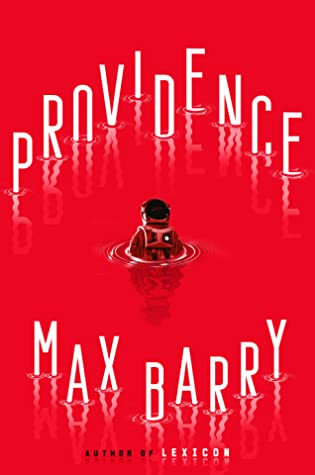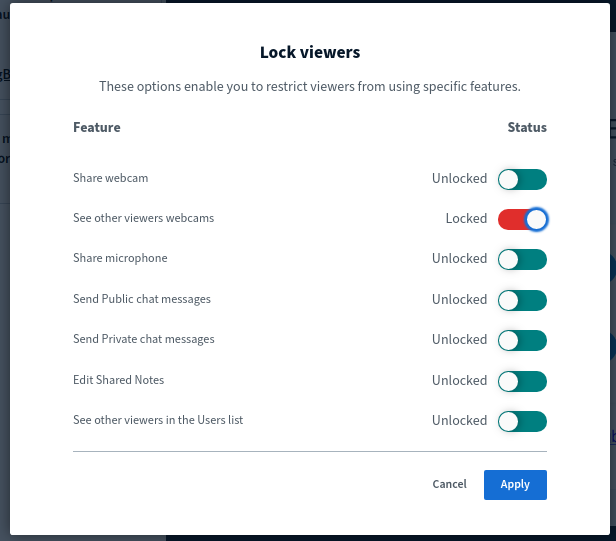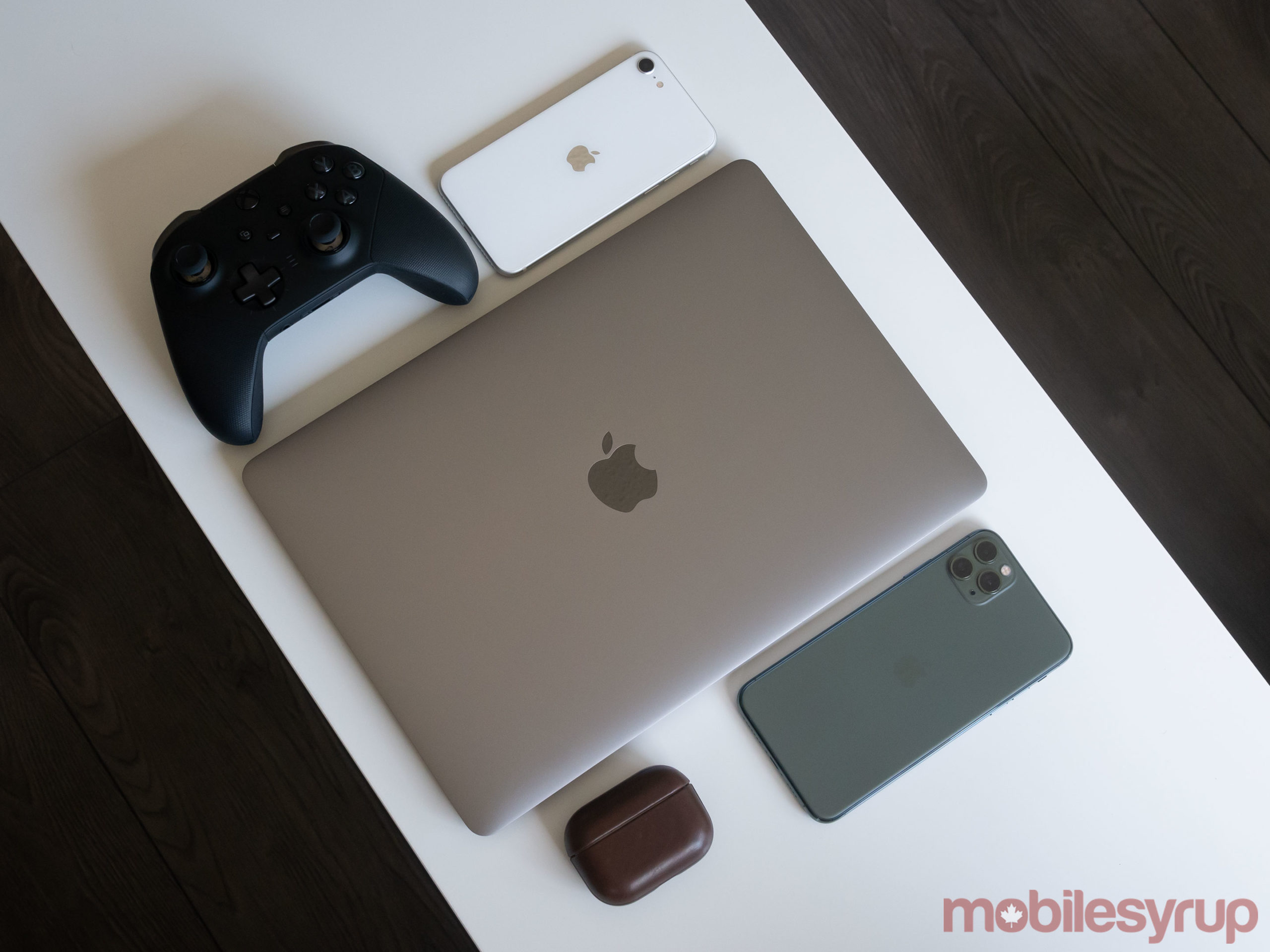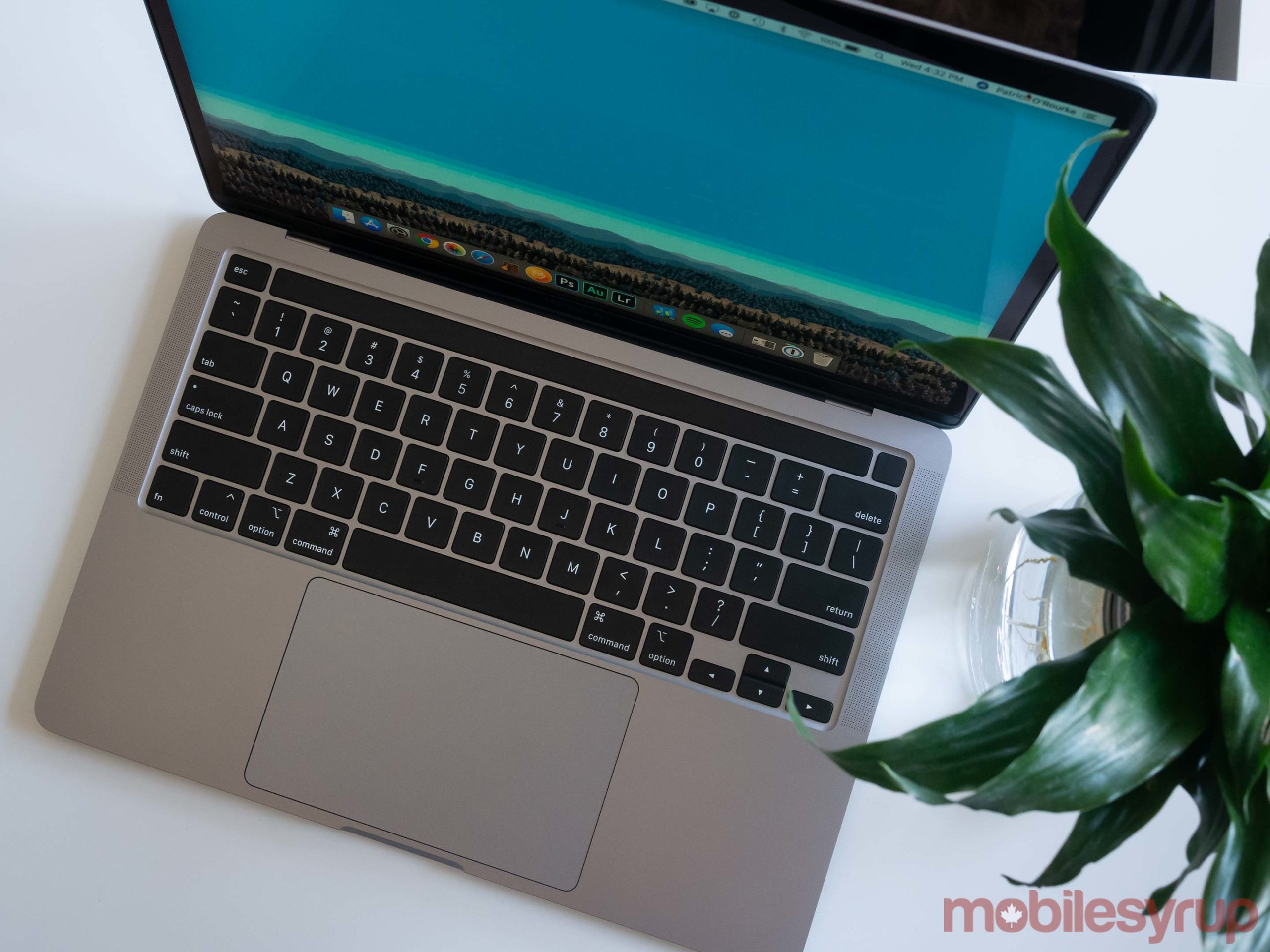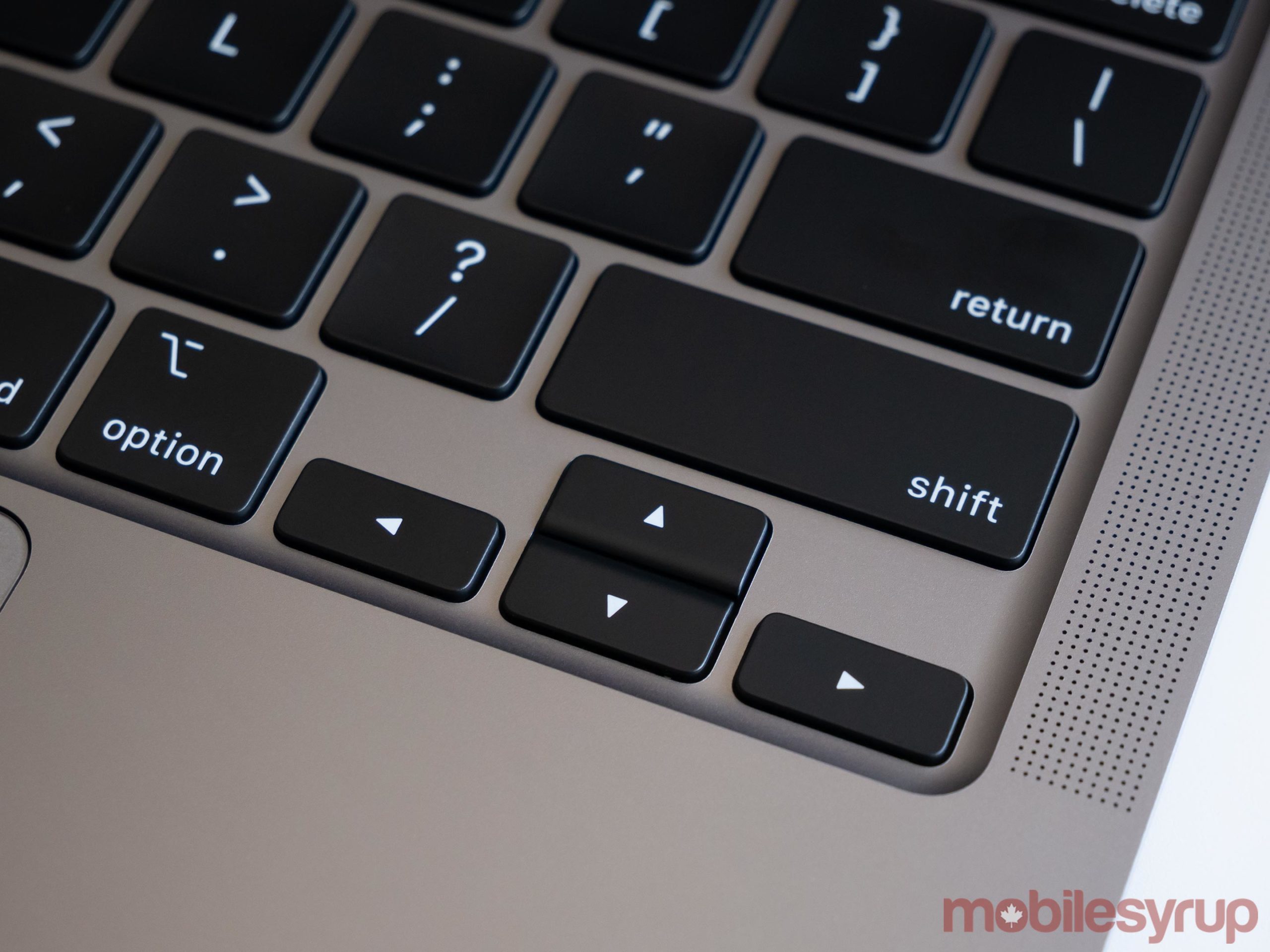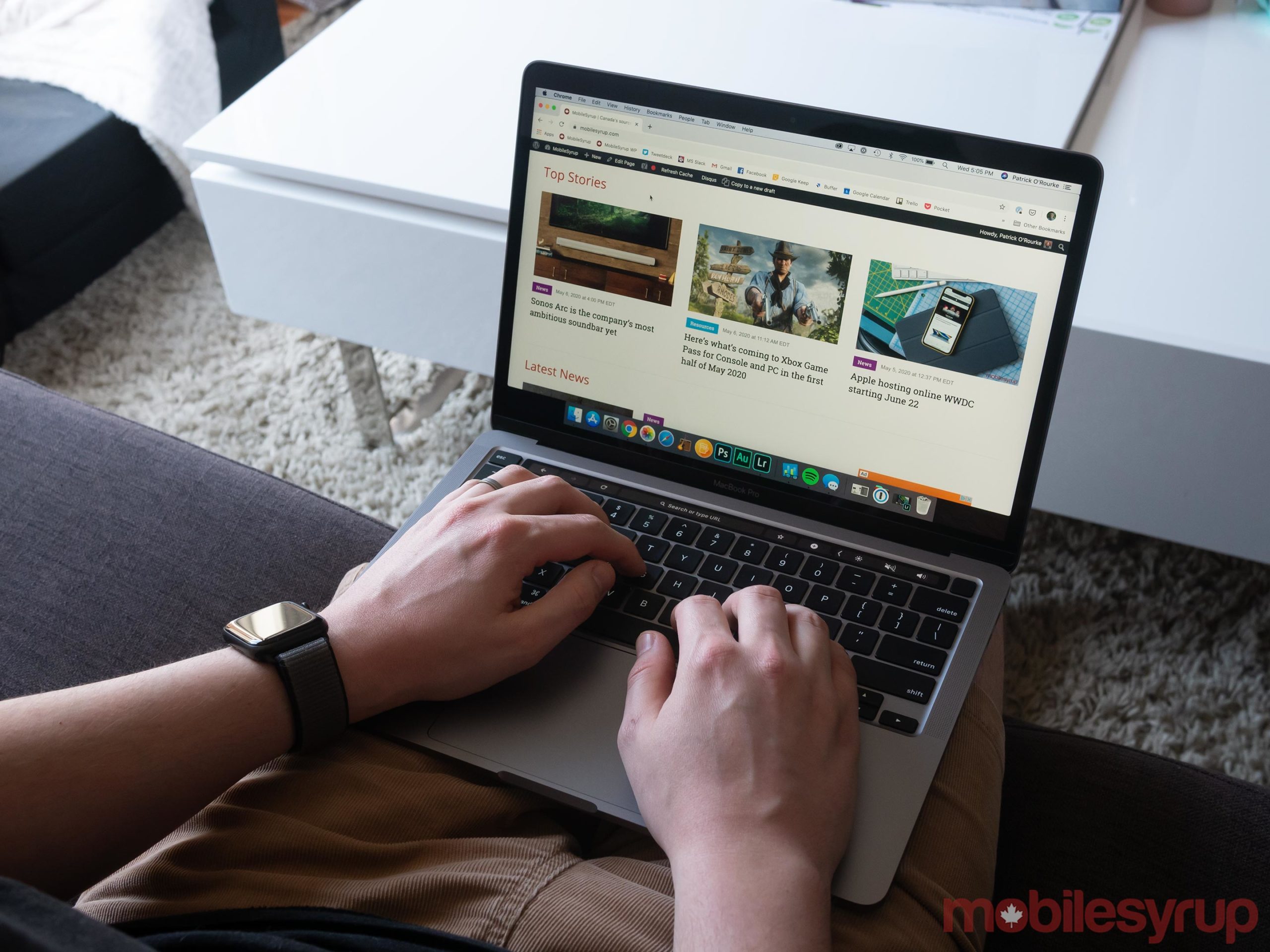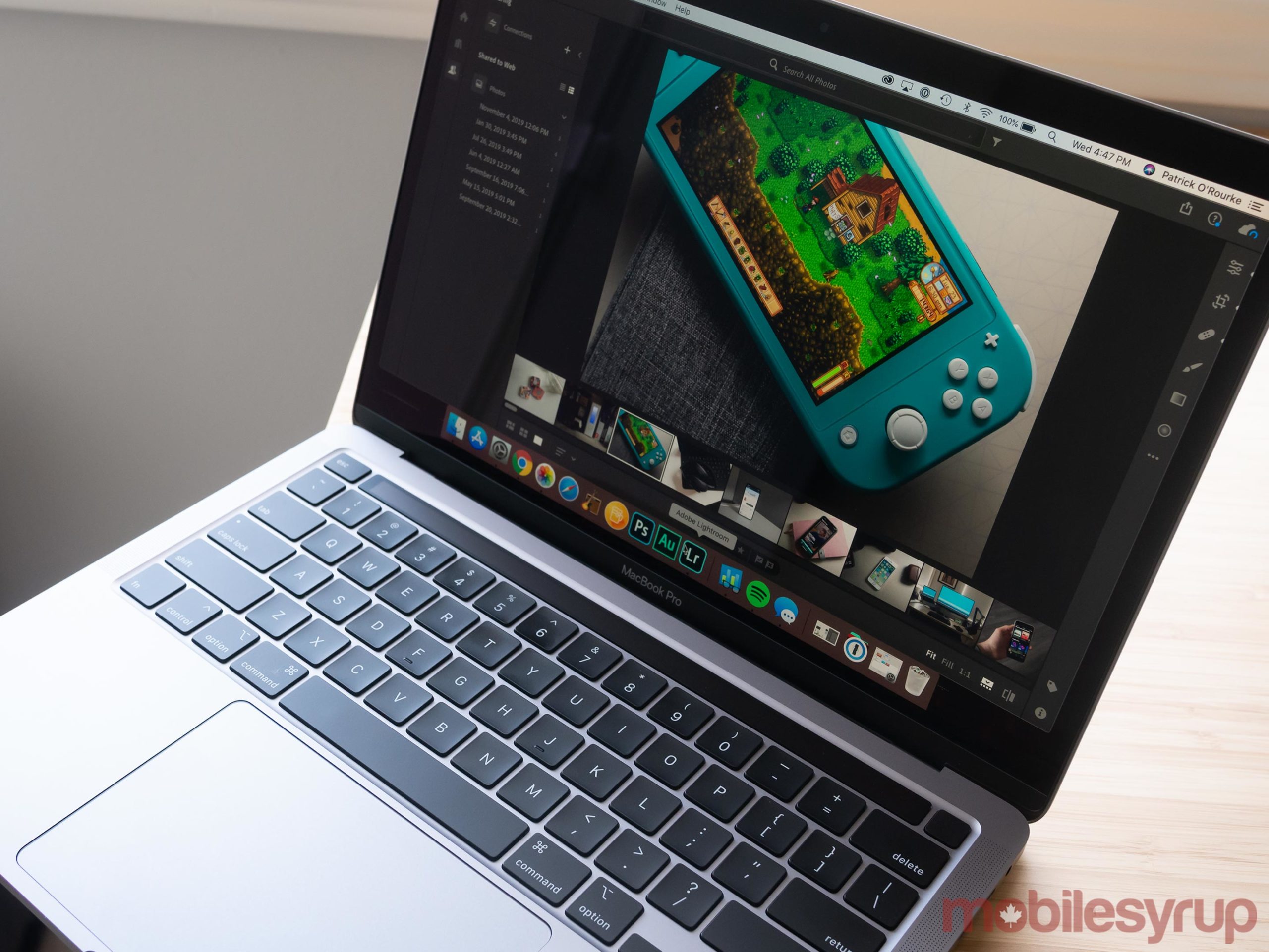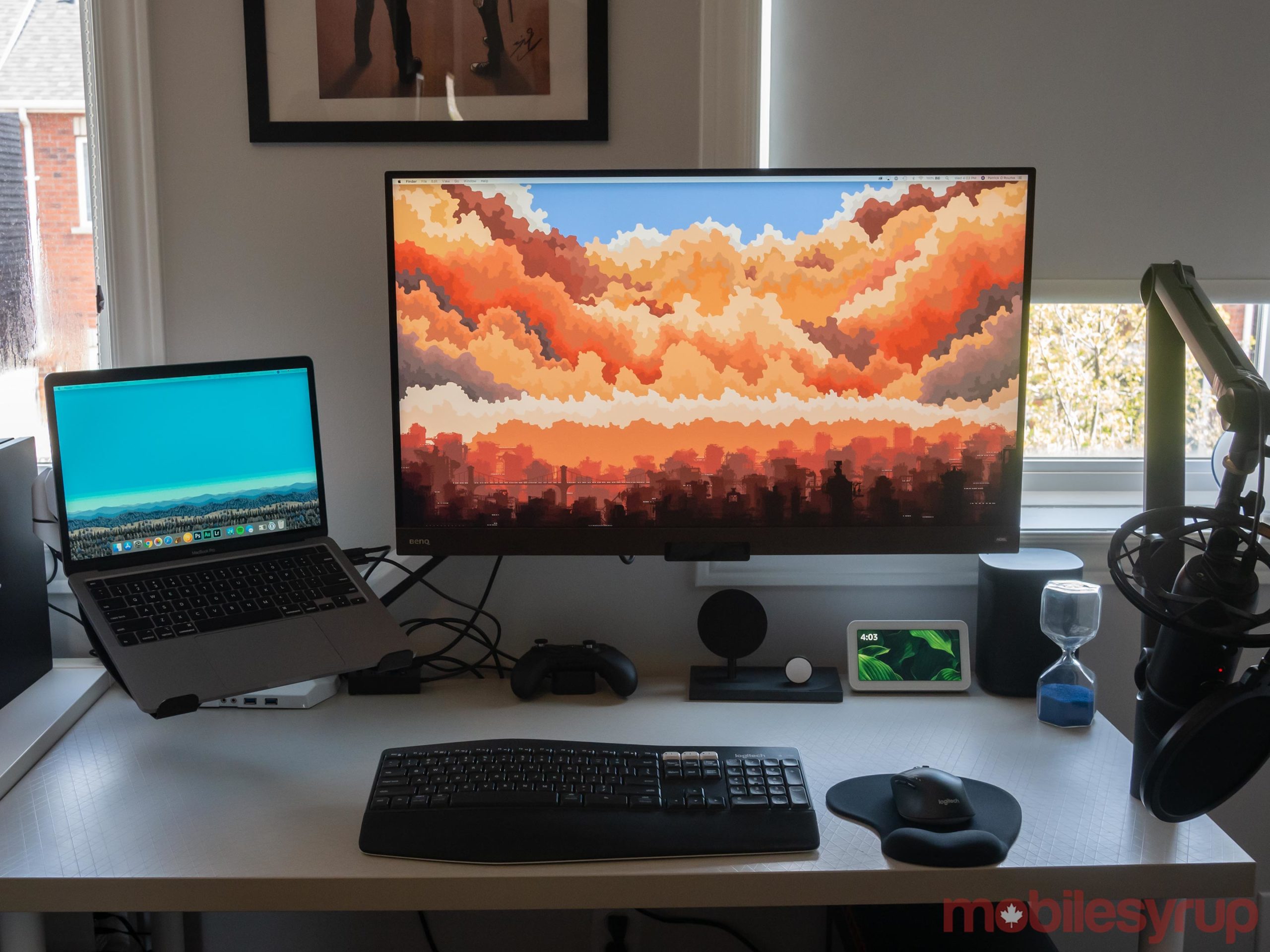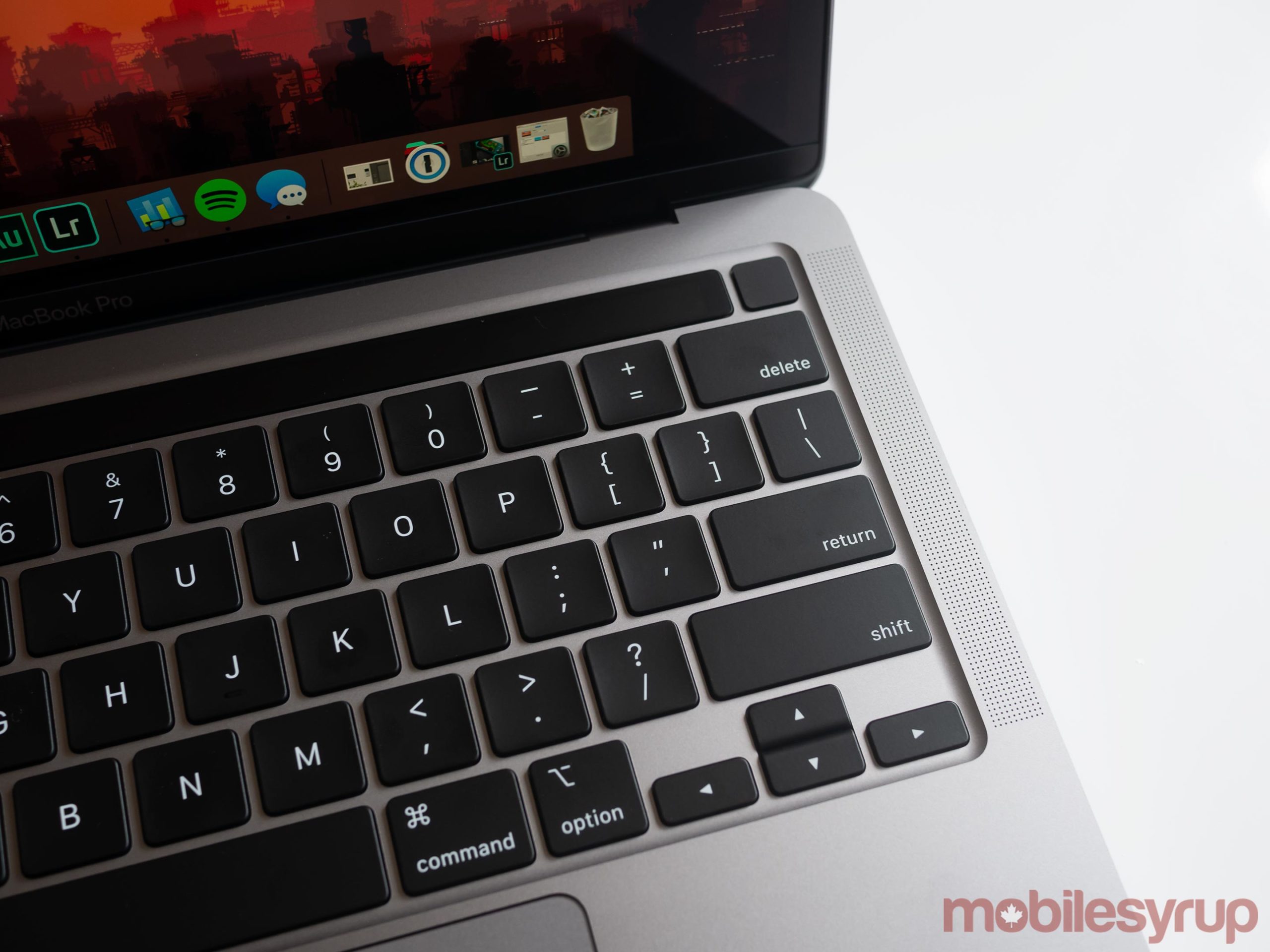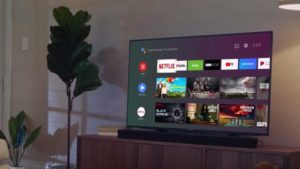I was a guest at Desmos today. No, I won't speak at your startup.
Thank you very much for inviting me to speak to you today.
I want to talk to you today about the history of educational crises and education technology. I've said many times that I believe knowing that history is important, and not only in a George Santayana sense — "those who cannot remember the past are destined to repeat it."

Even when we don't know the history of something, we invent it — unconsciously perhaps — and that has its own, dangerous significance. That means, for one thing, you end up with a Secretary of Education or with a prominent investor/philanthropist or governor or pundit claiming that schools haven't changed in hundreds of years. You end up with a bunch of people repeatedly asserting that this particular crisis we now face — some 1.5 billion students in over 190 countries out of school due to the coronavirus — is "unprecedented," that schools have never before faced the challenges of widespread closures, that millions of students worldwide have never before found themselves without a school to attend.
In fact, in 2019, UNESCO estimated that 258 million children — about one in six of the school-age population — were not in school. Disease, war, natural disaster — there are many reasons why. Although we have made incredible strides in expanding access to education over the course of the past century, that access has always been unevenly distributed as are the conflicts and crises that undermine education systems and educational justice everywhere. This isn't just something that occurs "elsewhere." It happens here in California, for example. In this state, over the past three years, students have been sent home in record numbers as schools have had to close due to wildfires, shootings, and collapsing infrastructure — broken pipes, mold, lead in the water, and so on. Last year alone, some 1.2 million California students experienced emergency school closures.
There are precedents for what we are experiencing now — not just in the distant past or in some far away land.
I think that many people might be inclined to ask then, "Why were we so unprepared?" But the answers to that question are, of course, bound up in our beliefs and practices and expectations, in our assessments of what "preparedness" even means. Furthermore, even when we know a storm is coming, the most vulnerable among us are the ones least able to adequately prepare for disaster. We can think of "the most vulnerable" here as students, as families, as teachers, as communities, as schools — as our whole system of public education that has been hollowed out over the past few decades, thanks to recessions and budget cuts and anti-tax fervor and outsourcing. When we ask "why were we so unprepared?", we can consider perhaps that public education, particularly in some places, has been neglected since the very start.

Indeed, one might argue that education has always been in crisis. Certainly that's the story that we have long heard. "Our Nation is at risk," we were told in 1983, due to a failing public school system. President George W. Bush famously said in 2000, "Rarely is the question asked, is our children learning?" I'd say, to the contrary, the question has been asked incessantly and with much handwringing. And as we lurch from crisis to crisis — real crisis or manufactured crisis — technology has often been proposed as the fix, "the solution."
Notice the verb in that last sentence: "technology has often been proposed as 'the solution.'" Passive voice. Bad form for a writer. Passive voice obscures the actor. And we surely need to ask, who proposes technology as the solution? Whose fix is this? Who repeats these narratives of crisis, and who defines the problems, and who determines the appropriate technological interventions?

"You never want a serious crisis to go to waste," as Rahm Emanuel, then President Obama's chief of staff, said in 2009 as the world teetered on the brink of recession. "And what I mean by that," he continued, "is an opportunity to do things that you think you could not do before." A crisis is an opportunity to set (or reset) the agenda. We have seen this repeatedly in education. Like, say, the closure of public schools in New Orleans following Hurricane Katrina and their replacement with charters. "Disaster capitalism," as Naomi Klein has described it.
(And yes, I think we can talk about charter schools as a technology.)
We can look at the history of education technology and see the ways in which crises have been leveraged to encourage the adoption of new media: Sputnik is the most famous of these crises perhaps, prompting a huge push for better science and math education but also for more machinery to administer it; but we can also look at rhetoric around teacher shortages, snow days, standardized testing, school shootings, and so on. And yes, pandemics.

Due to a polio outbreak in the fall of 1937, the Chicago Public Schools (CPS) decided to postpone the start of the school year. As school buildings were shuttered, the district turned to the radio to replace classroom instruction.
Radio wasn't entirely new to CPS. It had started offering some educational programming on the radio as early as the 1924-25 academic year — Little Red School House of the Air, broadcast twice a day with host Dr. Ben Darrow on station WLS, for example. But the school closures of 1937 — from September 13 thru 27 — provided a very different opportunity to experiment with the technology. A very different and much more expansive endeavor.
With the help of six newspapers and seven radio stations, the district offered broadcasts in four subjects — math, English, science, and social studies — for grades 3 through 8. As the Superintendent William Johnson wrote in an article in The New York Times a week after the experiment launched,
So far as possible, fifteen minutes' time is given to each broadcast above the fourth grade. Beginning with a health and physical education broadcast for all the children from 7:15 to 7:30 in the morning, regular lessons go on the air to different grades between the hours of 8:15 and 11:45 in the morning and from 4 in the afternoon to 7 in the evening. Grades 7A, 8A and 8B each have broadcasts in two studies daily, and grades 3 through 7B have one each."
"Directions, questions and assignments" were printed in the newspaper each day, he explained, and students were instructed to keep all their written work to submit to their teachers when schools finally opened.
Superintendent Johnson reported that the move to radio instruction was embraced enthusiastically by students — some 315,000 tuned in, he estimated, although he admitted he had no way of knowing for sure. Parents were pleased too, he said, although they flooded the district offices with phone calls distressed that their child might have missed a broadcast or misunderstood a lesson. One common complaint: the radio broadcasts moved too fast. There was no way to pause, to repeat, to move through the lesson more slowly.
Polio primarily struck children, not adults, remember. So even though the schools were closed due to the outbreak, workplaces were not. That meant not every child in Chicago had a parent at home to help supervise their schoolwork. And without that discipline, the Chicago Daily Tribune feared, "it is probable that the students who benefit by the radio lessons will be those who need them the least and would suffer least by curtailment of their classroom instruction."
There were other inequalities. While one parent boasted that they'd put radios in separate rooms so that their two children could listen to separate broadcasts on separate stations simultaneously, many families didn't have a radio at all. Roughly 60% of households owned a radio. Even if they had a radio, some students found themselves with poor reception and were unable to tune in to all the lessons on all the stations. And some Chicago students had been shipped out of the city altogether to avoid the outbreak and couldn't listen to the broadcasts at all.
The 1930s were the "Golden Age of Radio," and arguably the public had grown accustomed to radio as a new form of entertainment. Some worried that those expectations would force educators to "conform to the best practices of show business." Celebrities, such as the British explorer Carveth Wells, were invited on air to speak to students. One commentator in the Chicago Daily Tribune praised this "sugar coating" of radio lessons to make them more palatable — certainly Wells' dinner hour broadcast about hunting elephants in Africa and India, he argued, "made more of a hit with third and fourth graders than if it had insisted on drills in the multiplication tables."

It was obvious too that radio had all sorts of other constraints — pedagogical constraints. You can only hear the teacher. You can't see facial expressions or gestures. And more importantly, the teacher can't see you. The teacher can't tell if you are bored or confused. "Broadcasts, in a sense," wrote Larry Wolters in the Chicago Daily Tribune, "assume all minds are of equal comprehension potentiality." That's 1937 talk, I guess, for "one-size-fits-all." Mass media meant mass education. Even in the 1930s, people frowned at this, believing that education should be individualized.
(So no, Khan Academy did not invent "personalized learning." Yes, today's philanthropic foundations have been pushing another crisis narrative that proposes "personalized learning" is the solution.)
As with so many new technologies forced into the classroom, the experiment deepened many teachers' "feelings of insecurity and fear that radio, this new technology, might one of these days take away their jobs." The effects of the Great Depression lingered on into the late 1930s, after all. The radio, Superintendent Johnson tried to reassure teachers, would never replace them; but during a crisis, the technology was necessary. "We are convinced that no mechanical device can be successfully substituted for the teacher-personality and the pupil-teacher relationship," he wrote. "In this emergency, however, the value of the newspaper and the radio service to the children of Chicago cannot be overestimated."
Or perhaps that value could be.
At the end of the two-week experiment, when the Chicago schools re-opened, the radio lesson programming abruptly ended, and the Chicago Radio Council concluded that the results were "not particularly satisfactory." Despite Johnson's pronouncements that almost every student in the district had tuned in, "only half of the pupils in the Grades 4-8 listened to the broadcast," the council found. Furthermore, the "test scores of these listeners were not impressively different from those of the non-listeners."
A nice supplement for some students. But no replacement for school.

I'll pause here for a second, just so we can all marvel at this story — not so much that the Chicago Public Schools tried to implement "remote teaching" almost one hundred years ago during an emergency school closure due to disease. But that here we are again. The challenges and the results and the arguments (for and against) and the innovative superintendent boasting in The New York Times without any data to substantiate his claims — it all sounds so incredibly familiar.
Perhaps the question then isn't simply "how do we learn from Chicago 1937" but rather "why haven't we?"
One reason we didn't was because the hype around radio dissipated fairly quickly, supplanted by the promise of the next big thing: television. (The first television broadcasts began in the US in the 1920s, but it wasn't until after World War II when TV sets became ubiquitous in homes and in schools.) Video, as they say, killed the radio star.
There were a number of crises in education following the war: the "baby boom" led to massive overcrowding; there were teacher shortages in many schools; and the launch of the Soviet satellite Sputnik in 1957, of course, prompted Americans to fear that the country had fallen behind, particularly when it came to science and math education. My forthcoming book, Teaching Machines focuses — as the title suggests — examines the push to adopt teaching machines during this period. Don't worry, I'll be back to talk more about that when the book comes out. For now, today, I'm going to talk about TV.
I've written about a couple of the more high-profile implementations of television in schools the 1950s and 1960s on Hack Education. The push for teaching by television in America Samoa, for example — one of those stories you can point to when people insist "oh, we will never let technology to replace teachers." In American Samoa, that is certainly what they tried to do. The story of the MPATI, the Midwest Program on Airborne Television Instruction in which two DC-6 planes flew over schools in Indiana, Illinois, Kentucky, Michigan, Ohio, and Wisconsin, broadcasting televised lessons via Stratovision — supplemental instruction for rural students, not a replacement for human instruction. Because definitely running two giant planes as a television broadcasting service makes sense.
Both of these stories should prompt us to ask which students get TV and which students get teachers, in which schools do we expand and enhance human capacity for teaching and learning and in which do we buy machines?
One thing that these two projects shared — in addition to just being really dubious ideas — was their connection to the Ford Foundation, one of the most important philanthropic organizations in the history of ed-tech. (The Ford funded the MPATI; the federal government funded the television experiment in American Samoa, but the Ford Foundation administered the program.)

Ford Foundation money was essential in making educational television more than just a "chic gimmick," historian Larry Cuban has argued. In his book Teachers and Machines, he asserts that "few technological innovations have received such a substantial financial boost from a private organization as classroom television did throughout the 1950s and early 1960s." (I will note here that Teachers and Machines was published in 1986, and we might consider how the funding landscape has changed since then. The Bill & Melinda Gates Foundation, for example, was launched in 2000 — some fourteen years after Cuban's book was published and some thirteen years after Gates became a billionaire.)
"By 1961," Cuban writes,
over $20 million had been invested in 250 school systems and fifty colleges across the country by the Ford Foundation's Fund for the Advancement of Education. Federal aid had entered the arena of instructional technology with the passage of the National Defense Education Act (NDEA) in 1958. In 1962, President Kennedy secured an appropriation from Congress that authorized the U.S. Office of Education to plow $32 million into the development of classroom instruction. By 1971, over $100 million had been spent by both public and private sources.
($20 million in 1961 is about $175 million today. $32 million in 1962 is about $273 million today. $100 million in 1971 is about $637 million today.)
An aside: one of the reasons that teaching machines "failed*" was that the big philanthropic dollars did not flow into their development to the degree in which those dollars flowed into educational television. With its deep pockets, the Ford Foundation steered the direction of education technology — and it hoped, the direction of education itself.
(*Teaching machines didn't really "fail" incidentally, but that's a story for another day.)
The Washington County Public Schools were arguably the best known experimental site of televised instruction — better known as the Hagerstown, Maryland CCTV project. In the 1950s, the district proposed to the Ford Foundation that it use closed-circuit television in order to address overcrowding in its schools as well as the lack of certified teachers.

The Hagerstown CCTV project began in 1956 with a $1.5 million grant from the foundation. (That's about $14 million today.) At its height, television was used for daily instruction for some 18,000 students in the county. In elementary schools, between 7 to 13% of instructional time was spent watching television. Junior high students watched TV for about a third of their school day; for high school students, it was about 10%. At the junior high and high school level, these viewings often took place in rooms with over one hundred students. Like a MOOC, but in the school gym.
In the late 1950s, about 70% of US households owned a television. So Hagerstown was seen as innovative, and there was a ton of press for the television project — every superintendent's dream. Reports were mostly positive — students, teachers, and parents seemed pleased with instructional television. Test scores in Hagerstown went up.
But in 1961, the Ford Foundation decided not to renew its financial support for the project. Although televised instruction continued without the Ford funding, the costs shifted to taxpayers. And the costs were significant. $150,000 a year to lease coaxial cables from Bell Telephone Company, for example.
There were additional labor costs too, as well as technical ones. The project employed one coordinator, one instructional supervisor, a staff of twenty-five "master teachers," a production team of thirty, an engineering team of eight, and several clerical staff members. Television had promised to save money and reduce the need for trained personnel. It failed on both accounts. And not only was there a demand for new kinds of staff focused on developing and delivering television programming, but teachers felt their work changed as well — both in the classroom and, when asked, on screen. In the end, many classroom teachers reported that the new technology required more work. TV was not as labor-saving as promised.
The Hagerstown story is fairly well known, even though it was an anomaly. Few school districts in the US ever embraced instructional television to remotely the same degree. But that's how ed-tech PR works, isn't it — one anecdote becomes a trend if you can get Edsurge to write about it as such.

Less well known was an experiment the Ford Foundation funded at the same time in the Chelsea neighborhood of New York City — less well known, perhaps, because it wasn't focused on education technology in the classroom but instead on education technology at home, It hoped to extend education into the home — a topic that is painfully relevant right now and is just as fraught as ever.
This project, the Chelsea CCTV project (CCCTV) differs in some key ways from those "remote learning" plans in Chicago in 1937 that seemed to entirely overlook questions of inequality and access. Indeed, CCCTV, which ran from 1957 to 1961, aimed specifically to address some of the inequalities faced by residents in the neighborhood. Although let's be clear: these were the inequalities as determined by the New York Department of Education, researchers at Harvard, and funders at the Ford Foundation. CCCTV's mission was to "explore the values of CCTV as a service to a low-income, poly-lingual, urban neighborhood and its public school" by sending programs "to the school and to the residents of a public housing unit."
That public housing unit was the John Lovejoy Elliott Houses, where about 600 families resided, about half of whom were Puerto Rican and about a third of whom were Black. One of the main goals of the project was to teach English to the Spanish-speaking residents of the housing complex. Indeed, for the first few weeks of the project, language lessons made up the entirety of the broadcast schedule. Other programs were eventually added: Teamwork for Child Health, a 15-minute program on parent and child health, for example, as well as shows designed to inform the neighborhood about local news and activities.
Each of the apartments in the housing complex was wired to the main CCTV antenna, so ostensibly anyone with a television could watch Channel 6, the channel designated for the educational programming. Reception was sometimes spotty. The shows were fairly low budget, many filmed in the neighborhood school. And the total viewership was never great. The residents of the Elliott Houses looked at the project with suspicion from the outset, often not distinguishing the CCTV initiative from the local Housing Authority. When the Chelsea project staff broke two television sets during installation, rumors circulated in the building that the closed-circuit wiring would damage people's equipment. No one wants their landlord to tell them what to watch on TV.
The project failed to appeal to the neighborhood in any substantial way, often underscoring existing fractures in the community. Residents who spoke English, for example, felt that the amount of English-language learning shows meant that the programming really wasn't meant them. Spanish-speaking residents felt that the English-language learning classes were too basic — they were designed for elementary school students after all. Some felt as though, by offering adult education using content aimed for children, the program staff revealed their contempt for Puerto Ricans.
These suspicions about the project were exacerbated by some of the other programming too. Much of the it involved topics that CCCTV staff felt that people living in a housing project would find useful but it failed to account for what residents would actually like to watch. There was a cooking show called The Recipe Box which was designed to help "residents get the most out of their food dollar in terms of nutrition, economy, and time management." Fairly patronizing. Another show called So You Want to Get a Job introduced various occupational training programs available at vocational high schools in New York. Of course, many in the housing complex already had jobs — another not-so-subtle message about how the project staff imagined the audience.
The CCCTV programming was revamped several times in response to declining viewership, each time moving more and more towards entertainment rather than educational programming. The final report on the project, published by the New York Board of Education, noted that a "growing number of tenants… had disconnected Channel 6 from their TV receivers." In the end, the project had a "tarnished image" with the community. In some key ways, rather than strengthening the neighborhood, as the project had intended, it served to undermine the sense of community — to underscore differences when the programming had hoped to showcase diversity, to prompt people to withdraw to their living rooms rather than engage with neighborhood activities. The principal of the neighborhood school reported, for example, that, following the broadcast of PTA meetings in a show called PS 33 Highlights, in-person attendance declined.
The final report on the project blamed the medium of television, and it blamed the neighborhood residents for this complacency: "the use of television encourages people to sit at home in front of the television screen rather than to come out and join in." There was a "growing awareness of a grass-roots conflict between the fundamental purpose of the community effort and the proposed medium, television," the report read. "There is in the very nature of television, as in other mass media, the danger of a certain authoritarianism, an imposition from without upon a passive receptor. But community growth comes from within and involves participation on the part of the people. Television often tends to foster in the viewer a passive role which is at odds with the sound educational concept of learning by doing."

Many of the staff who worked on the television project were frustrated that the residents of Elliott House were not more grateful for the connection to the master antenna that broadcast the closed-circuit programing. It was, according to the final report, "a free gift with no strings attached. The staff assumed that the recipient of this gift, if he reacted at all, would feel a sense of sympathy for the project or even of gratitude. They were unprepared for a groundswell of suspicion and resentment."
But no one asked those residents what they wanted. No one asked them what they valued. No one asked them what they were curious about. No one asked them what their community needed, what their community meant. No one considered, "Hey, maybe folks don't want this in their home because neither the Housing Authority nor the school system are seen as particularly trustworthy institutions?" ("No one" is a bit unfair, perhaps, as there was some input from the Housing Guild on the CCCTV project.)
In certain ways, the initiative was a disciplinary technology — residents were uncomfortable with that for good reason. There's no irony lost that closed-circuit television now means surveillance cameras. These cameras cover the Elliott Houses complex today.
The CCCTV project had identified and defined a "crisis" — low-income residents are under-informed and under-educated, acculturated to the wrong beliefs and practices. And the Ford Foundation was willing to fund the solution as it was a project that fit perfectly with its belief that educational television could "uplift" and reform society. As Laurie Ouellette writes in her book Viewers Like You, "The Ford Foundation envisioned television as a conduit for culture and adult education, a vision accountable not to the public but to the priorities established by its white, male, upper-class trustees." That is key — accountable not to the public but to the priorities established by funders.
What eventually emerged from the projects I've talked about today was, of course, public radio and public television — WBEZ in Chicago and WNET in New York for starters — arguably the most significant educational media to this day.
I started off this talk with a look at how the Chicago Public Schools turned to radio-based instruction in 1937 when a polio outbreak forced them to close schools. No doubt that's the kind of history that we probably turn to when we want to consider how schools have responded to crises — and responded using education technology — in the past. We can readily see the inequalities — the failure to make sure all students had the proper device, the failure to account for whether there was a parent at home able to mentor and teach. And we understand the relevance of this story to our decision-making today.
But I want us to think a little bit more broadly about "crisis" too, about narratives about crisis shape the direction of education policy, about how the values and priorities of foundations tap into these narratives to further their agenda. After all, just yesterday, New York Governor Cuomo announced that he planned, post-coronavirus, to work with the Gates Foundation to "reimagine education" in his state.
I want us to think about what it means for education technology — in this crisis or any "crisis" — to permeate people's homes. Education technology has been offered by its funders as the solution to educational crises for a century now. Look where that's got us.
















